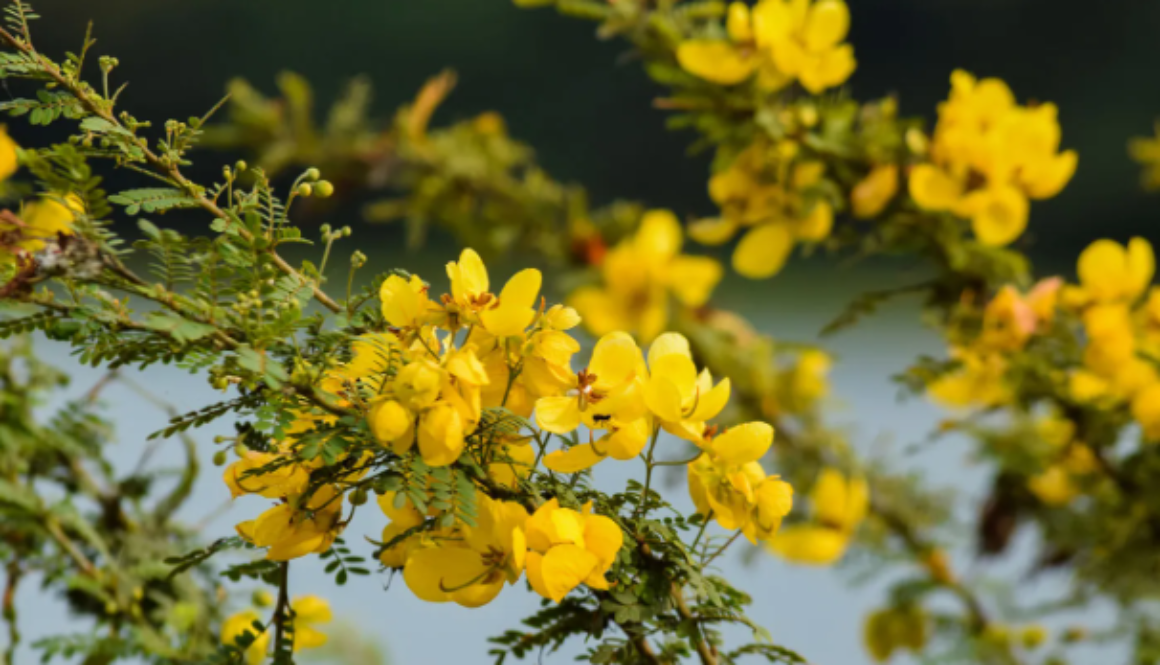Senna
Senna, botanically known as Senna Alexandrina, is a flowering plant native to the Middle East and North Africa but now cultivated worldwide for its medicinal properties. This herb has a long history of use in traditional medicine as a natural laxative and purgative.
Part Used:
The leaves and pods of the Senna plant are the primary parts used for their medicinal properties. These parts contain anthraquinone glycosides, particularly sennosides, which stimulate bowel movements and promote regularity.
Usage:
Senna is primarily used as a natural laxative to relieve constipation and promote bowel movements. It works by irritating the lining of the intestines, causing contractions and facilitating the expulsion of stool. Senna is often consumed in the form of herbal teas, capsules, or tablets. It is important to use Senna sparingly and under the guidance of a healthcare professional, as excessive use can lead to dependency and electrolyte imbalances.
Agrotechniques:
Cultivating Senna requires a warm, sunny climate with well-drained soil. The plant thrives in tropical and subtropical regions with adequate rainfall. Senna can be grown from seeds or cuttings, with planting typically done in spring or early summer. The plants should be spaced about 6-8 inches apart to allow for proper growth and development. Regular watering is essential, especially during the establishment phase. Senna plants can be harvested once they have reached maturity, usually within a few months of planting.

